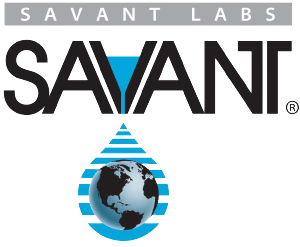“Studies of the Flow and Gelation Response of Jet Fuels at Critical Low Temperatures”
Presented at JOAP International Condition Monitoring Conference, Pensacola Beach, FL - 2004
2004
Written by T.W. Selby, Savant Inc., Marlin Vangsness & Linda Shafer, The University of Dayton Research Institute
- International Condition Monitoring Conference 2004 — Joint Oil Analysis Program (JOAP), Pensacola Beach, FL, April 18-22, 2004.
Abstract: Many jet aircraft fly at altitudes and ambient temperatures exposing the jet fuel to temperatures well below -40°C. Operation of aircraft at low ambient temperatures and at higher altitudes is highly dependent on the low-temperature flow properties of the jet fuel used. However, these fuels vary widely in manufacture around the world and in quality levels within a given hierarchy of fuels from commercial Jet A and Jet A-1 to military JP-4 through JP-8 and more extended fuels. Thus, the low-temperature viscosity and rheology of jet fuels is a primary consideration in determining the temperature range within which the aircraft can be operated. In particular, the tendency of the fuel to form a congealed or gelated condition at temperatures below -40°C can markedly restrict the operation of the aircraft both in altitude and in flight path. This paper shows application of the Scanning Brookfield Technique (SBT) to determine the viscosity and gelation tendencies of jet fuels over a range of temperatures down to -65°C. Of critical significance, the paper presents information on the practicality of additive treatment approaches to significantly improve the operational range of jet fuels at these very low temperatures.




